What is composite line post insulator?
Composite Line post insulator, what also named polymeric line post insulator, is a kind of line post insulator, which consist of metal end-fittings, fiberglass core, and housing. It has the same function with porcelain (ceramic) line post insulator - as supports for power conductors.
Hosing
The housing (sheds and sheath) of composite line post insulator is made of composite (polymeric) materials that mostly consist of carefully formulated silicone rubber, Al(OH)3, and fillers. That is the main difference between composite line post insulator and porcelain line post insulator whose housing is made of porcelain.
The sheds and sheath have excellent ability of pollution flashover resistance, tracking resistance and electrical corrosion resistance, as well as ozone resistance, high and low temperature and other atmospheric aging effects. The excellent pollution resistance of composite line post insulator is mainly due to the silicone rubber material what is directly related to the long-term aging problem of the composite line post insulator.
Also, silicone rubber housing can provided with an interface to prevent possible penetration of moisture, grease, and other materials to damage the core.
Metal end-fittings
The metal end-fittings are attached to the core to transmit the mechanical forces to another part of the insulator string. Mostly, end-fittings are made of hot-dip galvanized forged steel, aluminium alloy, stainless steel and others. The styles of end-fittings are different according to different application. Below is some common shape of composite line post insulators end fittings.
They are also designed to reduce the concurrent electrical stresses in the circulating air, they also guarantee the elimination of the corona effect, and these accessories eliminate possible damage to the rubber and adjacent material.
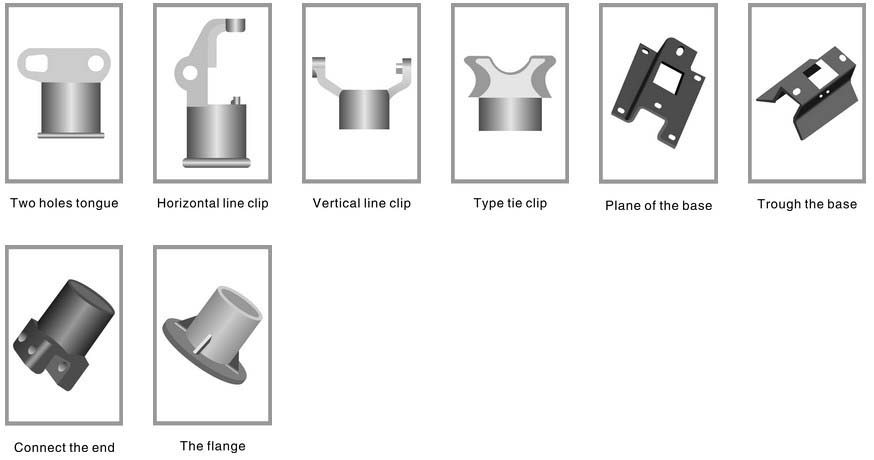
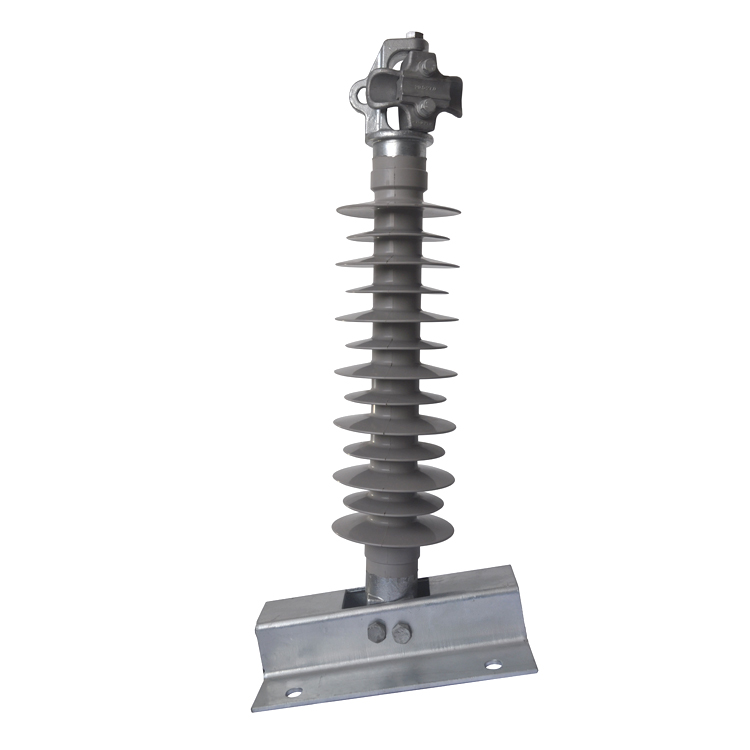
Fiberglass core
The fiberglass core is the load-bearing part of the composite line post insulators. Except tensile load, the core also need to bear cantilever load, and it is the main internal insulation part at the same time. It is required to have high mechanical strength, insulation performance, long-term stability, and good insulation performances.
The glass fiber is the skeleton of the core rod and the main body, and it is melted at a high temperature into a cylindrical fiber with a diameter less than or equal to about 1 μm and a smooth appearance. And its tensile failure stress is as high as 1000 to 1500 MPa. Using epoxy resin as the matrix material, it is cured and shaped by a silicon surface treatment agent to bond the glass fibers into a whole to form an epoxy glass pull rod to withstand and transmit mechanical loads.
The cover material are continuous, contain no joints and eliminate electrical shock and erosion, the cover are made of carefully formulated silicone rubber. There should be no radial gaskets along the length of this cover and extend into the end fittings to protect the glass rod from moisture and gasket discharges.
These insulators are provided with a vulcanizing interface to prevent possible penetration of moisture, grease, and other materials and discharge failures, this vulcanized material protect the fiberglass and the rubber cover.
Main styles of composite line post insulators
Classified by installation direction composite line post insulators can be devided into 4 styles:
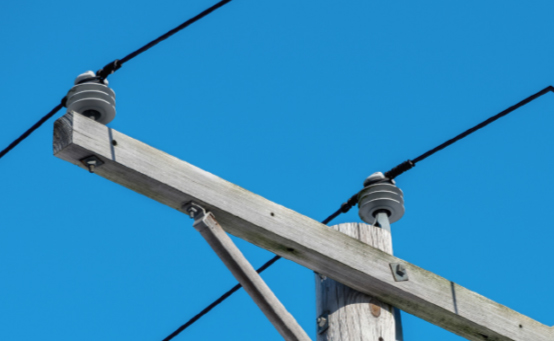 |
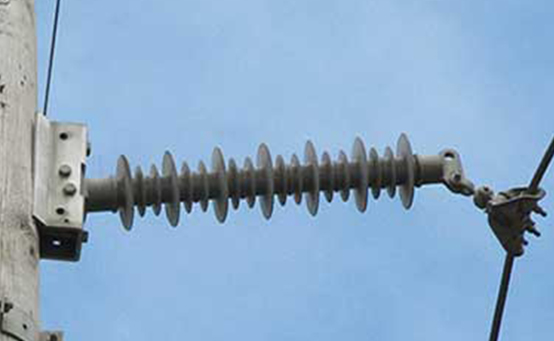 |
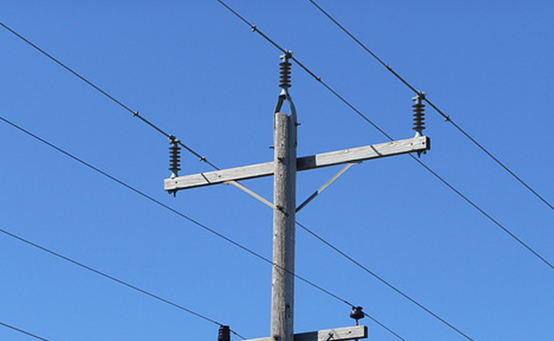 |
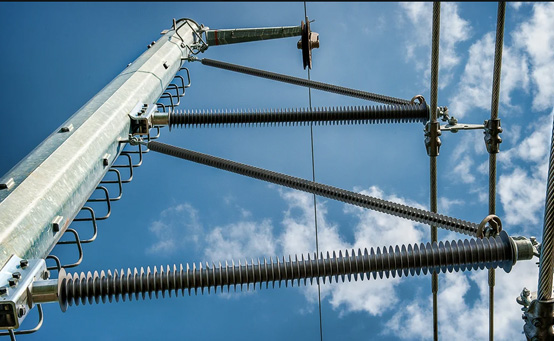 |
| composite pin type insulator | composite horizontal line post insulator | composite vertical line post insulator | Braced post insulator(V string assembly) |